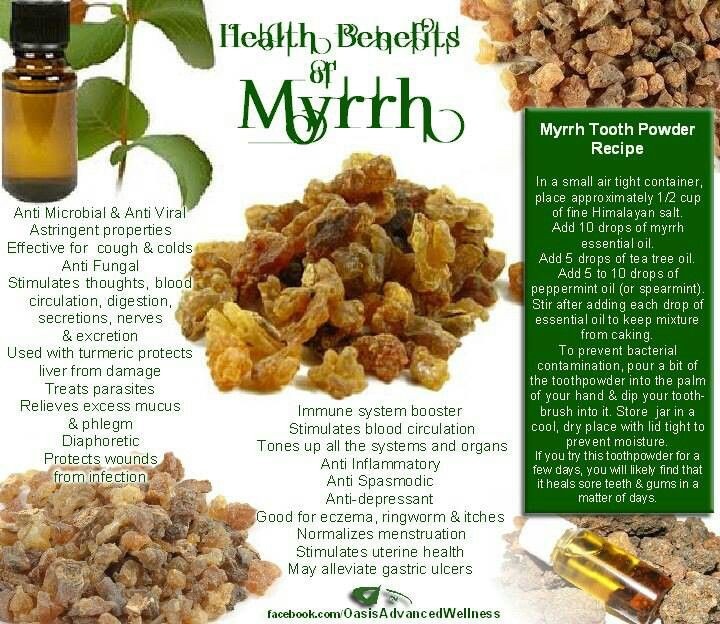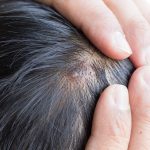
Contents
What Is Myrrh Used For? Health Benefits and Side Effects
Myrrh is an oily sap from Commiphora trees that has antibacterial, wound healing, and anticancer properties. Potential side effects include toxicity, irritation, and inflammation.
Myrrh is a versatile substance with valuable uses beyond being a gift from ancient times. Although it may not have the same value as gold, it has numerous surprising applications.
Myrrh is extracted from the bark of Commiphora trees, which grow in tropical or subtropical regions such as Somalia and Ethiopia.
Myrrh and frankincense have long been used in various cultures around the world. These resins are often used for religious or cultural ceremonies, such as the mummification process in ancient Egypt. They also play a role in herbal medicine and medical treatments in many other cultures.
Forms of myrrh
Myrrh comes in various forms:
Incense
High-quality myrrh is usually dry and crumbly, making it ideal for use as incense. Apart from its pleasant aroma, myrrh also has antibacterial properties that help purify the air.
Essential oils
Myrrh contains essential oils that offer potent benefits. These oils have a wide range of uses, and many myrrh products are made using myrrh essential oil.
Other products
The basic forms of myrrh can be used to create various other products, such as creams, mouthwashes, chewable gums, embalmers, cosmetics, scents, flavorings, and even additives for beverages like tea or coffee.
What does myrrh smell and taste like?
Myrrh has been used as incense for thousands of years and is now even used in mouthwashes and chewable gums, indicating its pleasant taste.
Myrrh is resinous and has distinctive flavors and scents reminiscent of spices like cinnamon, cloves, and allspice. It is often combined with frankincense for a citrusy and bright profile.
Benefits of myrrh
Myrrh and frankincense are known for their medicinal properties in Eastern cultures, with traditional medicine using them to treat various conditions, including blood disorders, inflammation, swelling, pain, and urinary tract diseases.
Research has shown that myrrh’s essential oils have effective antibacterial effects, even against antibiotic-resistant bacteria like Pseudomonas aeruginosa. Myrrh also aids in wound healing, and studies have demonstrated its anticancer properties.
Myrrh contains β-elemene, a chemical compound with known anticancer properties. This substance is found in many medications used to treat cancer. Xihuang pills, which contain myrrh and frankincense, are popular in China for treating breast cancer, breast hyperplasia, gastric cancer, and liver cancer.
Myrrh’s side effects
Using myrrh in excessive amounts can lead to inflammation and toxicity. Prolonged or high-dose use of myrrh can cause organ damage, particularly to the liver, kidneys, or spleen. It is important to use myrrh in moderation and with caution.
Other considerations
When purchasing myrrh, it is essential to select a reliable distributor to ensure that you are getting genuine myrrh. Cheap alternatives may not provide the same benefits.
While myrrh has many uses in complementary health practices, it is crucial to remember that not all types of myrrh are suitable for every condition. Burning incense, for example, may not aid in the healing process after tooth extraction, and a myrrh mouthwash may not be effective against cancer. It is best to consult with a healthcare professional before incorporating myrrh into your treatments.
Conclusion
Myrrh has a long history of use and offers numerous powerful benefits. However, caution should be exercised when using myrrh. It is always recommended to consult with your healthcare provider before using myrrh as a supplement to your existing treatments.
References:
AMB Express: "Bactericidal activity of Myrrh extracts and two dosage forms against standard bacterial strains and multidrug-resistant clinical isolates with GC/MS profiling."
Centers for Disease Control and Prevention: "Pseudomonas aeruginosa in Healthcare Settings."
Clinical, Cosmetic and Investigational Dentistry: "Effects of myrrh on intra-oral mucosal wounds compared with tetracycline- and chlorhexidine-based mouthwashes."
Evidence Based Complementary Alternative Medicine: "Subcutaneous Injection of Myrrh Essential Oil in Mice: Acute and Subacute Toxicity Study."
Illinois Extension: "The origin of frankincense and myrrh add to their special meaning."
Journal of Ethnopharmacology: "Frankincense and myrrh essential oils and burn incense fume against micro-inhabitants of sacral ambients. Wisdom of the ancients?"
Molecules: "Seeing the Unseen of the Combination of Two Natural Resins, Frankincense and Myrrh: Changes in Chemical Constituents and Pharmacological Activities."
The National Center for Complementary and Integrative Health: "What does NCCIH do?"
npr: "Scents Of The Season Speak Directly To Our Emotions."
Oncology Letters: "Composition and potential anticancer activities of essential oils obtained from myrrh and frankincense."
The Saudi Dental Journal: "Efficacy of Commiphora myrrh mouthwash on early wound healing after tooth extraction: A randomized controlled trial."


